Chakma resistance to British rule
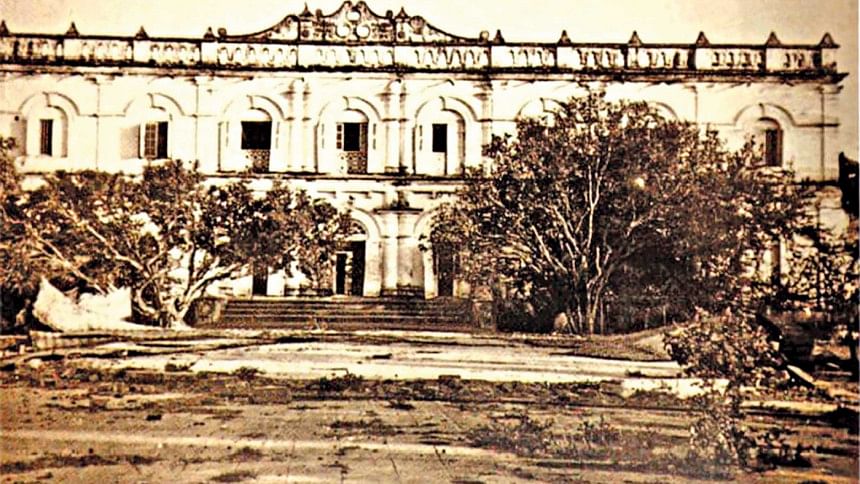
The Battle of Plassey and the Battle of Boxar were the imperial wars between the East India Company and the Mughal authority, which in turn gave the Company a legal status in Bengal. But, to consolidate their power in rural Bengal, the Company had to face resistance from the local chiefs, Rajas and people. Although, many of these resistance movements sprung up owing to the oppressions of the Company's local agents, the Company's revenue policy and their support to the local agents were also responsible for them. Like Fakir Sanyasi movement (1760-1800), and Shamsher Gazi's revolt (1767-68), the Chakma rising may also be considered as an early resistance to the Company's rule in Chittagong region.
Without entering into an anthropological discourse about the people of Chittagong Hill Tracts, it can safely be said that they were Chakmas in tribe and were the early Arakanese settlers in that area. These people employed quasi-Muhammadan nomenclatures. They fancied to keep their names after the ruling Mughals. The principal leaders of the Chakmas, who fought against the Company, were Sher Daulat Khan, Jan Baksh Khan and Ranu Khan. Jan Baksh Khan was the son of Sher Daulat Khan. Ranu Khan, most probably, was a relation of Sher Daulat Khan who served as his principal Diwan and general. After the death of Sher Daulat Khan in 1782 AD Jan Baksh Khan succeeded him and Ranu became his Chief naib.
As regards to their early connection with the Mughals, it appears that Jalal Khan, the Chief of the independent Chakma tribe, obtained a permission from the emperor Farrukhsiyar in 1713 AD to trade with the people of the plains in articles like dried fish, hens, salt, molasses, tobacco, black cloth etc., which would not be produced in the hills, on voluntary payment of a tribute in cotton. But this tribute was very irregularly paid and ultimately Jalal Khan violated his agreement and in consequence of an inevitable attack by the Mughals Jalal khan fled to Arakan. This agreement was again renewed by Shermast Khan, another Chief from Arakan, who agreed to pay the tribute and in return he received a grant of wasteland in Chittagong for which separate revenue was to be paid. From that time onward the hill people, through local stewards, paid only a nominal tribute in cotton to the Mughal authority out of their total production.
In 1772 AD, the Kapas Mehal of Chittagong Hill Tracts become an item of the Company's revenue. Attempts at collecting revenue from Kapas Mehal had been made by the Company in the shape of a tax levied "on cotton brought down from the hills, which was farmed out to some second party". These farmers of the Company would contract with the tribal Chiefs for the delivery of definite amount of Cotton annually. Ranu Khan, who later revolted against these farmers, was the contractor of the Company's farmer who had agreed to pay 501 maunds of cotton to the Company annually.
But strained relations developed through the Company's attempt of making settlement with some individuals other than the tribal people for collecting cotton revenue, and especially the Company's attempt to lease out lands in hilly areas to men, not connected with the tribal rulers. Hill people had to face bifold exploitation -- one in the form of revenue collection, and the other in the form of speculation. The introduction of an intermediary class, the lease-holders, in the Company's arrangement with the hill chiefs meant the exclusion of the hill people. This arrangement gave way for direct and indirect exploitation. In consequence of this, the economic life of the hill people jeopardized and they lost incentive for cotton cultivation from which most of the hill people used to eke out their livelihood.
The cotton, which remained with the hill people even after such exploitation, came to be sold in the markets of the plains of Chittagong. But by the sale process of cotton, the hill people could hardly afford to collect the bare necessities of their life. Because, here also the speculators had extended their clutches of exploitation through monopoly business.
The oppressions and extortions of the company's people produced intense dissatisfaction among the tribal people. Under the leadership of Sher Daulat Khan, Jan Baksh Khan and Ranu Khan resisted the Company's rule in the Chittagong Hill Tracts. Their resistance began in 1776 AD. Sher Daulat Khan denied the Company's authority and withheld payment of revenues of his Zamindari at Rangunia. His Lieutenant, Ranu Khan, had organised resistance adopting guerrilla tactics. We get information about the nature of Ranu Khan's resistance from the report of Mr. Law, the Collector of Chittagong. He reported that Ranu Khan and his people made constant attacks on the landholders and farmers of the plains and in consequence the Company's revenue collection was delayed and sometimes the Company incurred a loss.
The resistance activities of the Chakmas were both offensive and defensive. Through guerilla tactics they had, for some time, resisted the company's rule and by launching sporadic raids in the plains they tried to fade out the former's influence and establish the supremacy of their own tribe.
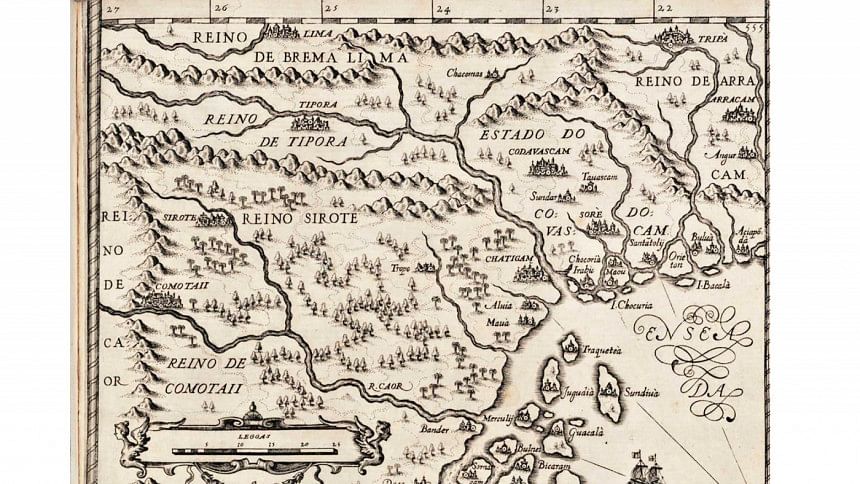
With a view to taking Ranu Khan into custody, collector Law sent a party of sepoys on April 1777 AD, but the expedition failed. It was because Ranu Khan had no fixed place of residence, adopting a guerrilla method he used to hide in a safe place, whenever necessary, and attacked when he got a chance. Fifty sepoys were again sent against Ranu Khan, who burnt two or three hillocks and villages. In response to this challenge, Ranu Khan "assembled men of large bodies, who though ill-armed, harassed the few sepoys in the expedition". It seemed that in the early phase of the Chakma rising, their power of resistance was so strong that the Company's authority was hardly felt there. To arrest Ranu Khan's growing strength, Captain Ellerker, the Commanding officer at Chittagong, sent a reinforcement of one hundred and fifteen newly employed sepoys against him. But they were eventually opposed by the large body of Kukies, who were assembled by Ranu Khan.
However, the Company also had a conciliating attitude towards the hill people because of its commercial considerations. First, cotton was abundantly sown by the hill people, and to help the weaving production of Dacca factory the Kapas Mehal had received special consideration from the Company's government. Second, the company had the necessity of collecting fire wood from the hills for boiling salt. But owing to the unrest in the hill tracts the people of malangies could not collect any firewood. Third, the Company's coolies were reluctant to cut timbers from Rangunia for the establishment of the Company's barracks due to the opposition of the Kukies. Finally, the Company's elephant trade was impeded because of the opposition of the Kukies. It seemed that some of the important commercial interest of the Company was wrapped around the question of place in the hills. So, the Company thought that any conciliation with the hill people might bring peace in this locality and safety to their revenue and commerce. But the Company, in fact, did not try to find out the actual causes of the unrest among the hill people and that is why their attempt at conciliation got no favour from the hill people and they continued their endless violent attacks.
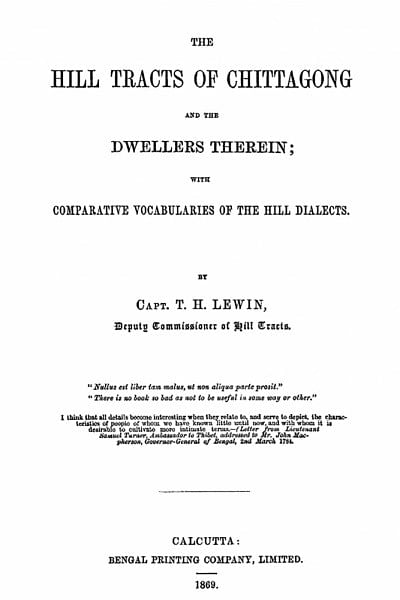
In 1781 AD, it was reported that Ranu Khan and his associates were crossing the Feni River up the beels. A considerable detachment had already been sent against them, but the Company's government was not sure that they would be able to arrest him without the active help from the Raja of Tippera. Ralph Leeke, the Resident of Tippera, was asked to procure the support of the Raja of Tippera to suppress Ranu Khan. Records indicate that the Company's purpose was not served. The Chakmas continued their operations almost unabatedly.
The Company once again explored their ability to apprehend Ranu Khan and his people by sending a detachment from Islamabad. But this time Ranu Khan took hold of a Company's shikdar and ran off with him. Being perplexed, the Company's authority made attempt to correspond with the object of getting the release of their shikdar, on the one hand, compelling him to pay revenue to the Company's government on the other. This time the Company's army created much trouble in the hills. As a consequence of this, a spy of Ranu Khan came from the hills and informed the Commanding officer that Ranu Khan would release the Company's shikdar and would pay revenue to the Company usually. The spy also informed that Ranu Khan repented for his activities and he would beg pardon from the Company. Most probably Ranu Khan, under the pretense of submitting to the Company, wanted to save himself from being arrested. Ultimately the assurance given by Ranu Khan through his informer to the effect of releasing the Company's shikdar and paying revenue to the Company was not complied with.
In 1782 AD, Sher Daulat died but his son Jan Baksh and his general Ranu Khan with their associates like Doolub, Choree, Kannoo and Toothang Shuckdas carried on operations. As records show, in consequence of Sher Daulat Khan's demise their movement, for some time, dwindled but soon regained its strength. Being embittered by the repulsive activities of Jan Baksh Khan and Ranu Khan and consequently by the repeated complaints of the Zamindars, the Company issued a Parwannah ordering the chaudhuries, taluqdars, farmers, and ryot to apprehend all the persons belonging to Jan Baksh Khan and Ranu Khan. But this measure was not operative, because the hill peoples were more rock-ribbed than that of the Company's local agents.
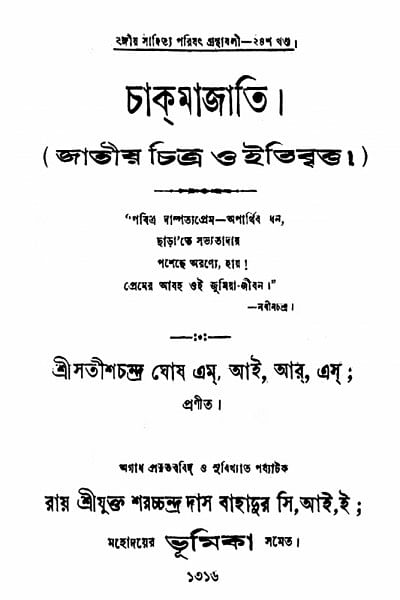
During the period between 1784 and 1785 AD the Company seriously fought against the Chakmas. This time the Company applied their every possible strength to subdue them. By the middle of June 1784 AD, a party under Major Ellerker was sent against Jan Baksh Khan and his associates. But the hill Chief went into the interior of the hills and the army had to retire. Again, in December 1784 AD, a party was sent against the Chakmas, but they were restricted by the authority to advance into the interior of the hills.
On the New Year's Day in 1785 AD Major Ellerker wrote to Captain Anderson, commanding the 22nd Battalion of the Independent Regiment of Light Infantry, for dislodging the adherents of Jan Baksh Khan. Captain Aderson was empowered to adopt every means to arrest Ranu Khan. He was also given direction to move against a chieftain who, in favour of Jan Baksh Khan, had formed an entrenchment near the Kalapania hills.
On 16 January, 1785 AD, the Company made a violent attack on the hills. Richard Anderson with his lieutenants Framingham and Feeking advanced towards the interior of the hills and continued their operation for nearly a week. This time they destroyed the residence of Ranu Khan's son and some villages of the hills using powerful weapons and batteries and took possession of Ranu Khan's residence and some fortresses, But, neither the army could capture any Chakma nor could they subdue them at all. Moreover, the hill people adopting guerrilla tactics had killed one beldar or spademan and wounded one lascar, four dandies or boatmen of the Company.
Captain Anderson retired but he considered the necessity of keeping guards on the bank of Karnafuli fearing the blockade raised earlier by the Chakmas to commence again. But there were positive and repeated orders from the authority to withdraw army altogether. Nevertheless, Collector James Irwin suggested stationing army at some places which would 'serve as a guard to the avenues into the hills'. In consequence the Company found it essential to keep twelve posts to prevent the operations of the Chakmas. But this preventive measure could not stop the hill people from undertaking their operations. And later official records indicate that the hill people, under the leadership of Jan Baksh Khan and Ranu Khan, continued their operations as usual. At their frequent operations, the Company's local agents were terrified and they sought help from the Company. Narahari Mitra, who was appointed the Company's Wadahdar at Rangunia, requested Major Ellerker for keeping constant guards to protect him from guerrilla attacks.
As a consequence of the Chakma resistance, the Company had to sustain an enormous economic loss and it was necessary for them to keep a separate account for the expenditure incurred in their war with the hill people. From 1783 to 1785 AD the Company's lease-holders could not enter the hill tracts and as a result, the revenues of this area fell into arrear. As a consequence of this, the Company had to exempt the leaseholders from paying the government revenues for these years.
It seemed that the task of subduing the hill people was not as easy as the Company thought to be. Moreover, the Company was baffled by their guerrilla operations. Having failed to subdue them by sending detachment the Company adopted a new strategy to confine them into the hills. This new strategy was, in effect, an economic blockade on the hill people's access to the markets of the plains in order to procure salt, tobacco, dried fish, and other commodities through barter trade. Besides, the Company's government tried to incite the Kukies through allurement to seize the adherents of Jan Baksh Khan. But the Company's plan of provocating the Kukies against Jan Baksh Khan and his associates proved abortive. The Kukies continued their resistance as usual against the Company's local agent and when in 1787 AD Jan Baksh Khan came to terms with the Company, the Company's authority had to seek his help to halt the Kukies. On the other hand, the hill people were getting supplies of salt, tobacco and dried fish from the plains in spite of the Company's prohibitive orders. The economic blockade enforced by the Company was successful when the Company posted guards at different strategic points of the hills. Ultimately, the people of Chittagong Hill Tracts were obliged to cease their resistance.
In sum, the rising of the people of Chittagong Hill Tracts under the leadership of Sher Daulat Khan, Jan Baksh Khan and Ranu Khan originated from the Company's revenue policy on the one hand and the multifarious exploitation of the Company's farmers and speculators on the other. Their resistance started in 1776 AD and continued roughly to 1786 AD. In 1787, Jan Baksh Khan came to terms with the company and agreed to pay regular revenue to the Company. It appears clear that the economic blockade put up by the Company ultimately obliged him to cease resistance and come to terms with the Company.
It appears that the Chakmas, in their resistance, had the help of some Bengalis of the plains. In his letter to the committee of Revenue on 7 January, 1785 AD, James Irwin wrote that Jan Baksh Khan maintained "in his service a Bengali of the name Mun ghawzee, a notorious dacoit, who was sentenced by the Fouzdar of Islamabad to be impaled." It was also reported that Mun Gazi had trained about sixty Bengalis who were always with him. We can trace another Mun Gazi, officially known as a dacoit, who was sentenced in 1774 AD by the Fouzdary Adowlut conformable to Muhammadan law to "let his right-hand [and] left foot be cut off". It seemed that all these sentences against Mun Gazi were passed in absentia. Again, we find another Mun Gazi, sometimes known as Mun Sarkar, in the 'Shamsher Gazi Namah written by Sheikh Manohar. According to Shamsher Gazi Namah, Mun Gazi, a Bengali, was an employee of Shamsher of Shamsher Gazi of Tippera in 1760's. He was the chief of Nimak Mehal of Panuya Ghat near the big Feni River, where Shamsher Gazi had served earlier. There is a hat, after his name, Mun Gazir hat, which is adjacent to Panuya Ghat under the Chhagalnaiya police station. During Shamsher Gazi's revolt, Mun Gazi played an active role. It seems that Mun Gazi and his adherents may have associated themselves with Jan Baksh Khan and kept up this resistance against the Company. To clear the official remark on Mun Gazi as a dacoity, it should be noted that any activity contrary to the interest of the established government is always considered by that government as an act of dacoit or miscreants. However, the identification of Mun Gazi and his association with Jan Baksh Khan still remains a question for further research.
Ratan Lal Chakrborty was an eminent historian. He was a Professor at the Department of History, University of Dhaka.
This is an abridged version of the article 'Chakma resistance to early British rule' which was published in the Bangladesh Historical Studies (Vol II, 1977).

 For all latest news, follow The Daily Star's Google News channel.
For all latest news, follow The Daily Star's Google News channel. 


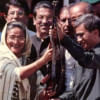
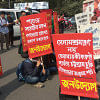
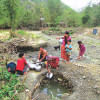

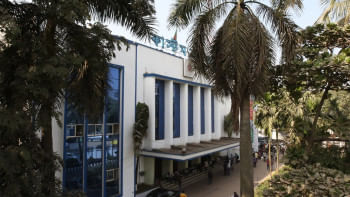
Comments